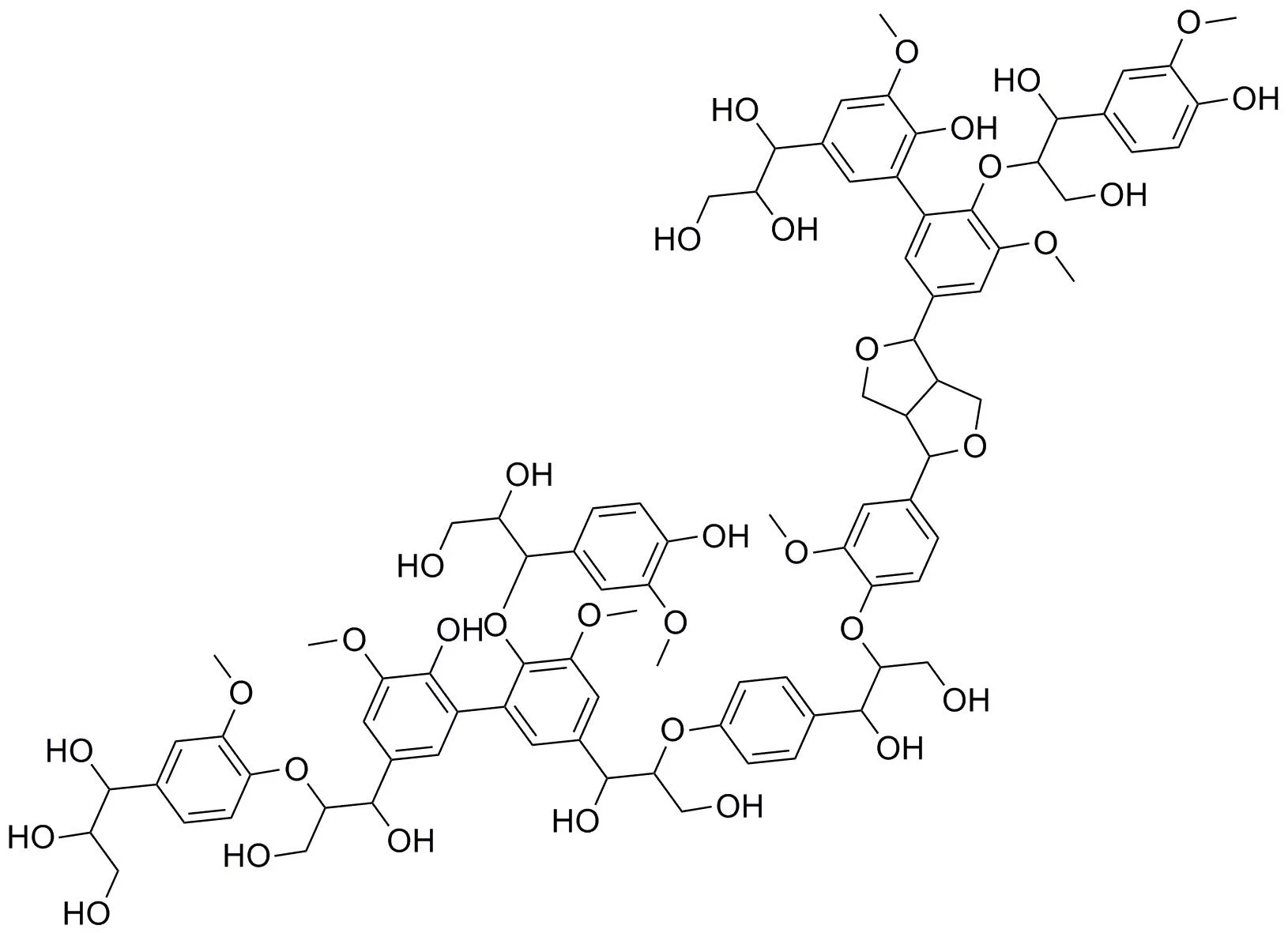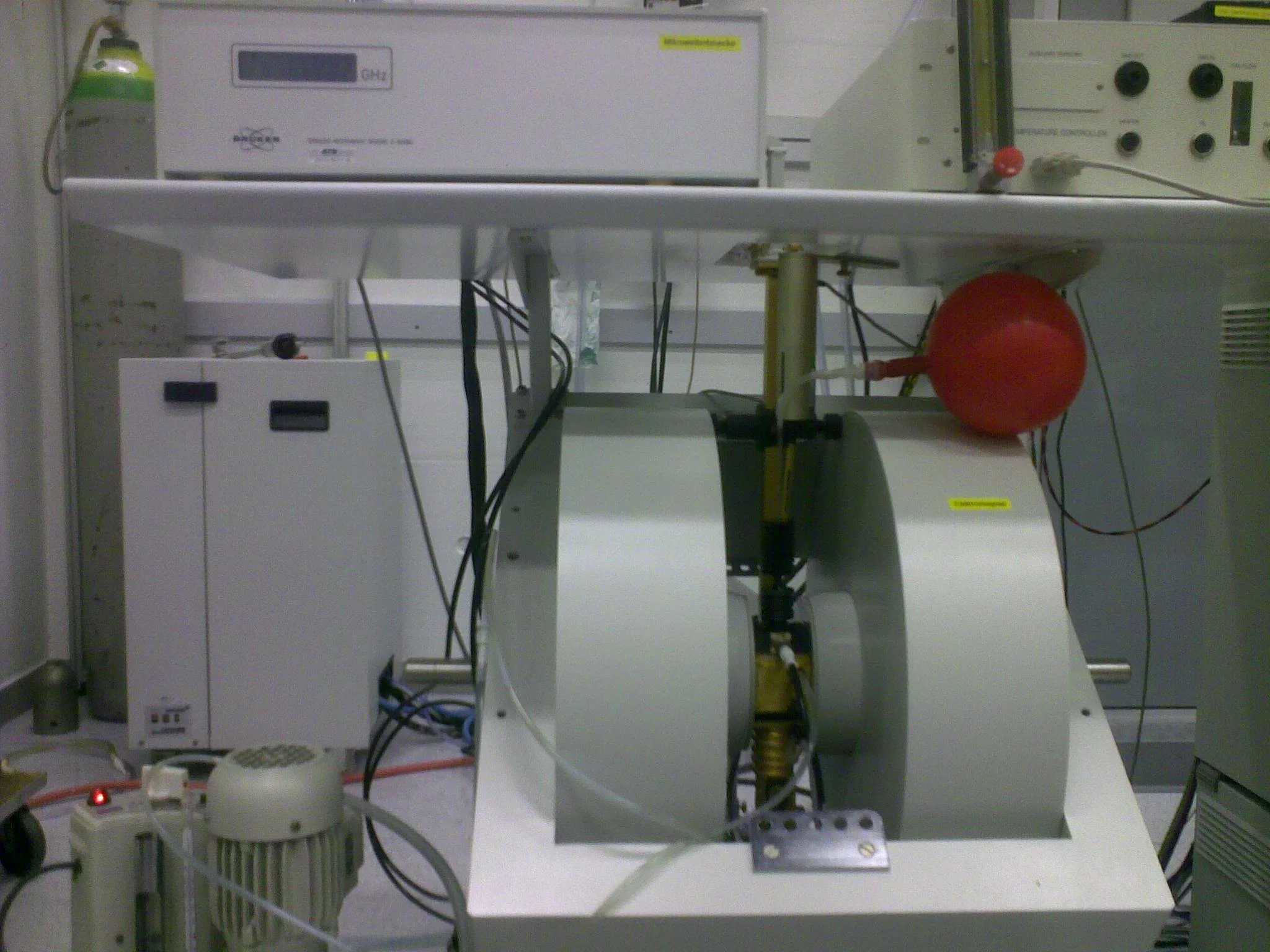Motivation
Coworkers: Dr. Sasa Bjelic, Dmitrii Sharkov
In the context of "green" chemical production this project is dealing with lignins as a renewable resource for phenolic compounds. Lignin is a polyphenolic bio-polymer that makes up 20 % of dry wood biomass. Since lignin is produced in large scale in the pulp and paper industry as a byproduct with no further use - beside being a low quality fuel for heating - there is a large interest in the derivatisation of lignin to value-added chemicals. The majority of the research concerning lignin concentrates on the depolymerisation of lignin to phenolic compounds using different techniques like solvolysis or pyrolysis. However, these investigations consist mainly of simple try and error experiments including little fundamental research. The depolymerisation process itself is treated like a black box.



